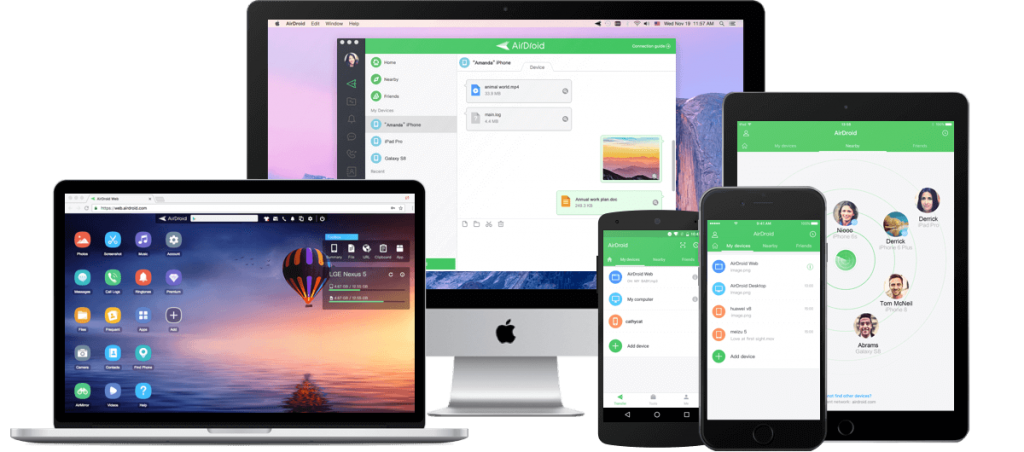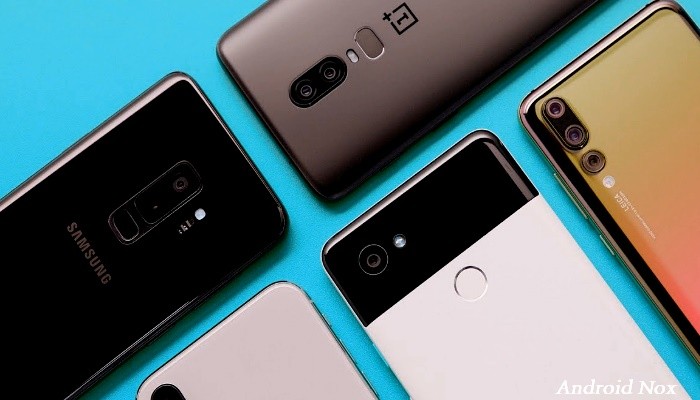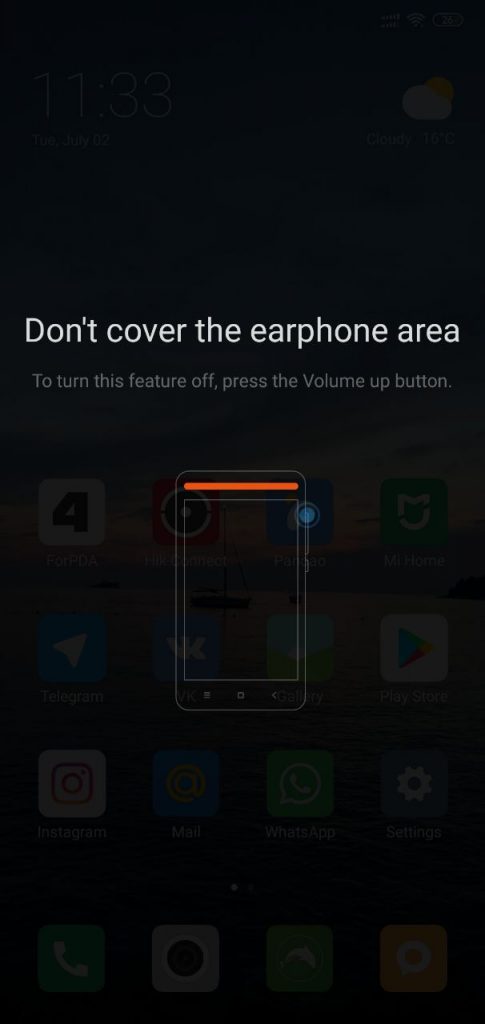15 years have passed since I was sold an HTC Tattoo with an Orange ROM that didn’t update to Android 2.3. At 12 years old, I had to learn to unlock the bootloader and change the ROM, blessed that day. Since then I have not left the tinkering, a custom that had its fervent time but that, with the refinement of Android and its added functions, has been losing steam.
Today I want to tell you what I have learned in all these years, some curious anecdotes and how I have survived countless brickeos for playing more than necessary. Changing the ROM to the phone is a wonderful thing, although it has its added risks.
The Golden Age of CyanogenMOD

This interface was the ultimate for 2011.
The HTC Tattoo was the first mobile I got my hands on. By having a carrier ROM, was not updated, and I didn’t even have access to the Play Store. Before Play Store we had Android Market, and it was not possible for me to install WhatsApp from there. How could I stay without WhatsApp! I found a tutorial on HTCmania and started the process.
I connect the HTC Tattoo to the laptop, open the command console and… I brick it!
![]()
I had no idea what I was doing, how would I know at 12 years old what a bootloader, a custom recovery and a ROM are? I connected the phone to my old laptop and I started to copy and paste things in the command console.
I bricked it instantly, could not know. The phone would not get past the home screen, which is known as a bootloop. But we had come to play, so I repeated the process until it ended up working. The phone ripped with a cleaner, much faster and updated system.

I didn’t understand half of what it says here, but the phone flew.
That last, I thought. It was possible to have a completely different phone just by changing the operating system. It is important to emphasize that, a few years ago, operators customized phone ROMs, and many remained without updating, loaded with operator apps and working fatally.
Since then it has been non-stop. I installed CyanogenMOD on all phones, ROMs that I have enjoyed on the Samsung Galaxy ACE, Sony Xperia Type, Motorola Moto G, OnePlus One, etc.
Afraid to brick? Not with Qualcomm
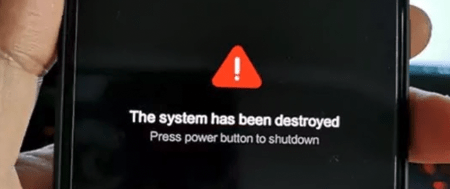
“The system has been destroyed”? That is yet to be seen.
Changing ROMs carries the risk of bricking, and there are mainly two types here. The bootloop The soft brick which is caused by some minor error in the installation and through which the phone does not pass the lock screen. It is usually easily fixed, since there are no damaged parts in the system.
With a hard brick the phone does not react and you can even run out of recovery and bootloader. But almost everything has a solution by searching the depths of the forums
But then there is the hard brick, when you charge your phone and it doesn’t do anything, neither turn on, nor can you access recovery, nor fastboot, nor anything. If I have learned anything in these 15 years of rooting, it is that, if the mobile has a Qualcomm processor, it is practically indestructible.
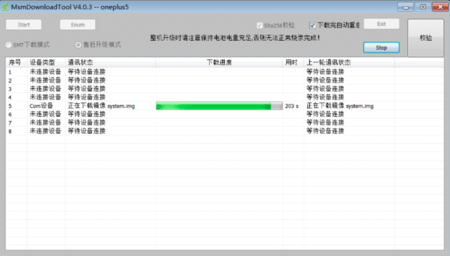
I had to use this tool in perfect Chinese to revive my OnePlus 5.
My first hard brick was in a OnePlus 5, completely dead after installing a ROM like crazy. Qualcomm is a manufacturer that offers much more open in terms of drivers compared to rivals like MediaTek so, if you have a popular mobile, there will almost always be some tool to revive it.
This is the case of the Chinese tool that you see above these lines. I connected the phone, it managed to send it the necessary images for booting (bootloader, recovery, system image, etc.) and… mobile like new. Although the fright in the body does not take it away from anyone, of course.
ROMs are still fun, although less and less necessary
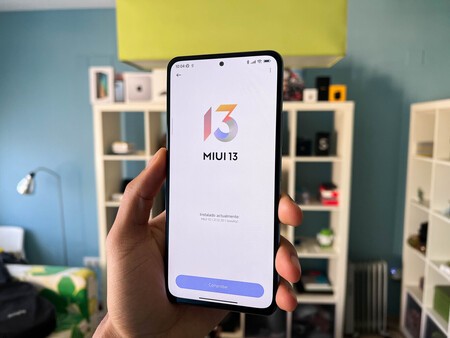
My POCO F3 has Android 12 and MIUI 13 thanks to custom ROMs.
The process of connecting the phone to the computer, opening the command console, unlocking it, choosing the ROM you want… In my opinion it’s still kind of fun, which gives wings to a system as open as Android.
Android has improved both in terms of performance and functions, so Custom ROMs have gone into the background. However, they still have their reason for being
The system has improved a lot and the ROMs of the manufacturers are complete, but if you like personalization and improve your phone, they are more than recommended. Less load of pre-installed applications, options to improve phone performance, faster updates, etc.
Without going any further, on my POCO F3 I have Xiaomi.eu installed, a version of MIUI without bloatware from Xiaomi or Google, and it updates both Android 12 and MIUI 13 before the manufacturer itself updates.



